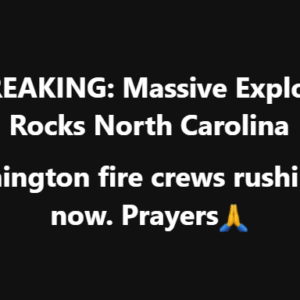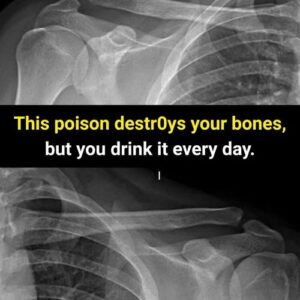Cabin crew take their positions on their jump seats during taxiing, take-off and landing, and at any other time they are instructed to do so by the captain. For example, in case of severe turbulence. As these are safety-critical times and the most likely time of an emergency occurrence (apart from turbulence, which rarely results in an emergency), you may have noticed that the cabin crew are seated usually in a fairly rigid fashion, why is this?

Brace position
The brace position for cabin crew varies depending on the airline safety procedures and the region. All are very similar but completely different from that of the passenger brace position. The aim is to keep the body in a rigid pose so that if there was any impact from an unplanned emergency that the body is damaged less. The cabin crew member needs to be seated with back and neck firmly against the jump seat, knees and feet together, and feet placed firmly on the ground. The hands are placed either on top of the knees or under the thighs, elbows held inwards. This position can vary due to company procedure.
Cabin crew procedures may differ from airline to airline, but the brace position is very similar.

Variations
This keeps body movement restricted so that there is less chance of injury if there was an impact. It varies slightly as to whether the cabin crew jump seat is facing forward towards the cockpit or facing backwards towards the aircraft tail. Those facing forward should have their feet slightly positioned behind the knees, whilst those facing backward would have their feet slightly forward. There is another variation for the forward-facing cabin crew that involves tipping their chin to the chest, which may protect against whiplash injury.
Smiles aside, cabin crew perform a ‘silent review’ every take off and landing. Photo: airBaltic
Silent review
The cabin crew normally take this position from when they lock into their crew seat until the signal from the flight deck that it is safe for the cabin crew to move around the aircraft. During this time, they will also be going through the ‘silent review’, which prepares them for an emergency situation, every take-off and landing. This includes being aware of emergency equipment in the location, the door operation, commands given, able-bodied passengers nearby, and any visual clues outside the aircraft.

Bracing in a planned emergency
The final cabin crew brace position is that of cabin crew in a planned emergency landing, where the cabin crew keeps the lower body the same, but one hand is on top of the other and placed behind the head, with elbows held inwards. This allows for the cabin crew to still be able to hear and shout emergency commands whilst protecting the face and head from any flying debris.
These positions sound complicated, but crew are taught them in training and then often working different aircraft types and sitting in both kinds of jump seats at different doors it just becomes everyday practice. Some crew also do this when flying as a passenger, just because it’s an automatic movement. However, when operating an aircraft in colder climes, it does also help to warm frozen fingers.





